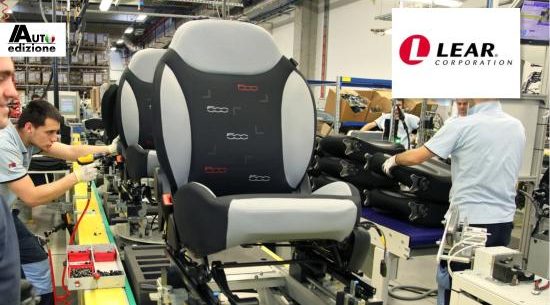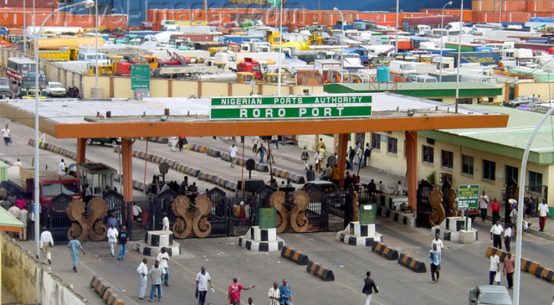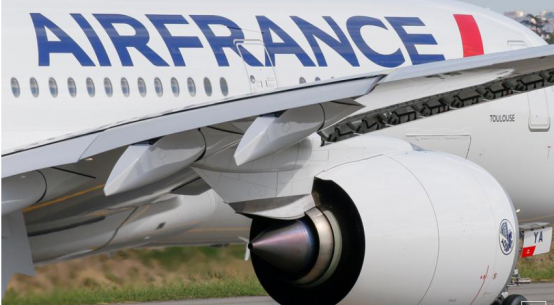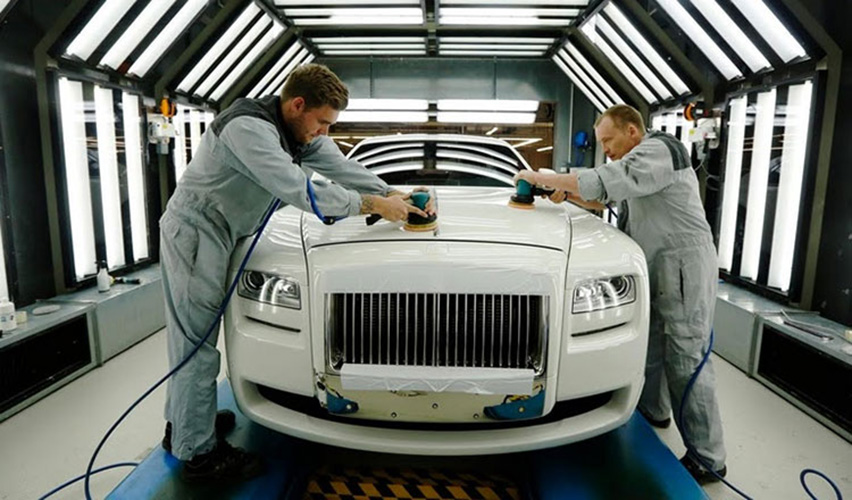
London – Rolls-Royce is to cut 4,600 jobs over two years in the latest attempt by boss Warren East to reduce costs and complexity and make Britain’s best-known engineering company more profitable and dynamic.
East, a softly-spoken former tech boss, has overhauled the 134-year-old Rolls since he took charge in 2015 but the new cuts come as the group grapples with an aero-engine problem that has grounded planes and angered clients.
The announcement, which East said is not linked to the Trent 1000 engine issue, marks the biggest round of job cuts since the company had to retrench during the aviation crisis that followed the 9/11 attacks in the United States in 2001.
The plan will remove 10 percent of the workforce, targeting duplication in corporate, administration and management roles to try to save 400 million pounds ($536 million) a year by 2020.

Two-thirds of the job cuts will fall in Britain. Rolls is the biggest employer in the city of Derby, central England, with 15,700 at its headquarters.
“Rolls-Royce is at a pivotal moment in its history,” East told reporters. “We are poised to become the world leader in large aircraft engines. But we want to make the business as world class as our engineering and technology.
“We are proposing the creation of a much more streamlined organization. We have to significantly reduce the size of our corporate center, removing complexity and duplication that makes us too slow, uncompetitive and too expensive.”
The cuts will not affect its engineers, Rolls said.
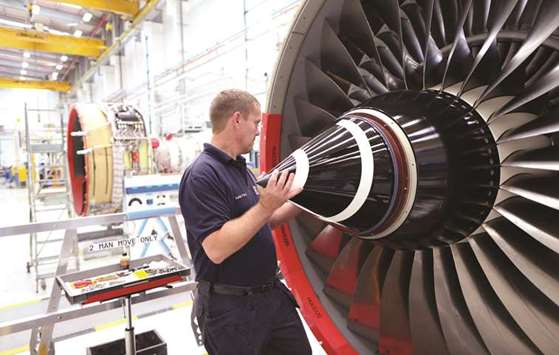
The news has echoes of an announcement from BT (BT.L) last month, another venerable company that is cutting 13,000 managerial and back-office jobs to reduce bureaucracy and respond faster to its customers’ needs.
CASH TARGET
East, who built the chip designer ARM Holdings from a start-up into Britain’s biggest tech company, has complained that Rolls, a rival to General Electric, is too complex and cumbersome due to layers of bureaucracy above the shopfloor.
Driving home his new focus, he has set a 2020 free cash flow target of 1 billion pounds, a sizeable jump from the 273 million pounds recorded in 2017, off revenue of 15 billion pounds.
In January he divided the company into three business units – Civil Aerospace, Defence and Power Systems – and the new restructuring is designed to remove management duplication between those layers and the corporate center.
The cuts follow a lengthy period of investment in previous years that has meant it is now delivering its biggest ever increase in large engine production.

The union Unite warned: “There is a real danger that Rolls-Royce will cut too deep and too fast with these jobs cuts, which could ultimately damage the smooth running of the company and see vital skills and experience lost.”
The major restructuring, costing a total of 500 million pounds between 2018 and 2020, will be reported as separate one-off costs, allowing it to stick to its targets for free cash flow.
“These changes will help us deliver over the mid and longer-term a level of free cash flow well beyond our near-term ambition,” East said.
The company holds an investor day on Friday where it is expected to provide more details on its targets and outlook.
Asked about the potential sale of the company’s commercial marine business, which supplies oil and gas customers and is under review, East said he would provide shareholders with a “short update” on Friday.
Investors will also be looking for hints that the dividend could start to grow. It was halved in 2016 to enable the company to shore up its finances and cope with the declines in its aero engine and oil and gas businesses over the previous two years.
Rolls shares traded 3 percent higher to 854 pence by 1055 GMT after it published details of the restructuring plan.
The rise came despite analyst concerns about Rolls excluding the costs of restructuring from its the free cash flow targets.

“In our view on first pass the headlines imply a notable underlying downgrade to current market expectations in outer-year estimates with higher than anticipated costs in the near term,” Barclays analyst Phil Buller said in a note.
“How much of this is driven by the growing Trent 1000 issues is unclear.”
TEST OF MANAGEMENT
The overhaul will test East’s management skills however, coming against a backdrop of huge pressures on the group which has been blindsided by problems with parts of the Trent 1000 engine which powers the Boeing 787 Dreamliner jet.
Having discovered that parts of the engine were not lasting as long as expected, the company is having to ground planes to carry out inspections, forcing airline clients to lease alternative planes to meet demand in the busy summer period.
That program has pushed up costs, increasing pressure on Rolls to find savings elsewhere. East said the job cuts were not linked to the engine problem.

“The people that will be leaving the business have nothing whatsoever to do with solving the issues our customers are having with our engines today,” East said.
“I know it sounds incongruous at face value, the loss of the workforce while we’re dealing with these issues but they’re really two separate issues altogether.”
Rolls-Royce has 55,000 employees worldwide, of which 26,000 are in Britain. The latest changes follow previous job cuts and the creation of other roles following a series of profit warnings in 2014.
(Reuters)




